A Guide to Building Your Indian Art Collection
Discussing tips for beginners, highlighting insights into meaningful art investment, and listing advice on how to appreciate and select artworks that resonate with personal taste.
Art collecting is a journey that begins with passion and curiosity, especially when it comes to Indian art, which boasts a rich tapestry of culture, history, and tradition. For beginners embarking on this journey, here are some essential tips and insights to help navigate the world of art collection, make meaningful investments, and curate a collection that resonates personally.
Firstly, it's crucial to educate oneself about different art styles, periods, and artists. Understanding the diverse genres within Indian art, from classical to contemporary, will enrich your appreciation and aid in making informed decisions. Visiting galleries, and museums, and attending national and international art fairs can provide valuable exposure and insights into the art world. Engaging with knowledgeable gallerists, curators and discussing artworks with them can deepen your understanding and refine your taste.
When considering investing in art, it's essential to strike a balance between personal taste and potential value appreciation. While trends come and go, investing in artworks that speak to you on a deeper level ensures that your collection remains meaningful regardless of market fluctuations. Look for pieces that evoke emotion, spark curiosity, or resonate with your cultural or aesthetic sensibilities. Remember that the most valuable artworks in your collection are those that bring you joy and inspiration every time you view them.
Research plays a pivotal role in building a collection. Explore artists' backgrounds, their artistic journeys, and the context behind their works. This not only adds layers to your understanding but also enables you to identify emerging talents or undervalued artists whose works may hold significant potential in the future. Take advantage of online resources, artist interviews, and academic publications to deepen your knowledge and appreciation of Indian art.
Networking with fellow collectors, investors, art enthusiasts, and industry professionals can offer valuable insights and opportunities. Joining art clubs, and forums, or attending events allows for an exchange of ideas, discoveries, and even collaborations in acquiring artworks. Establishing relationships with galleries and art advisors/ reputable dealers can provide access to exclusive collections and insider information on upcoming artists and exhibitions. Don't hesitate to share your own experiences and discoveries with others, as collaboration and community are integral to the art world.
When selecting artworks, consider their provenance, condition, and authenticity. Seek guidance from experts or consult reputable galleries, advisors and consultants to ensure the legitimacy and quality of your acquisitions. Investing in artworks with well-documented histories and impeccable provenance adds value and authenticity to your collection. Additionally, consider the long-term care and preservation of your artworks to ensure their longevity and value for future generations.
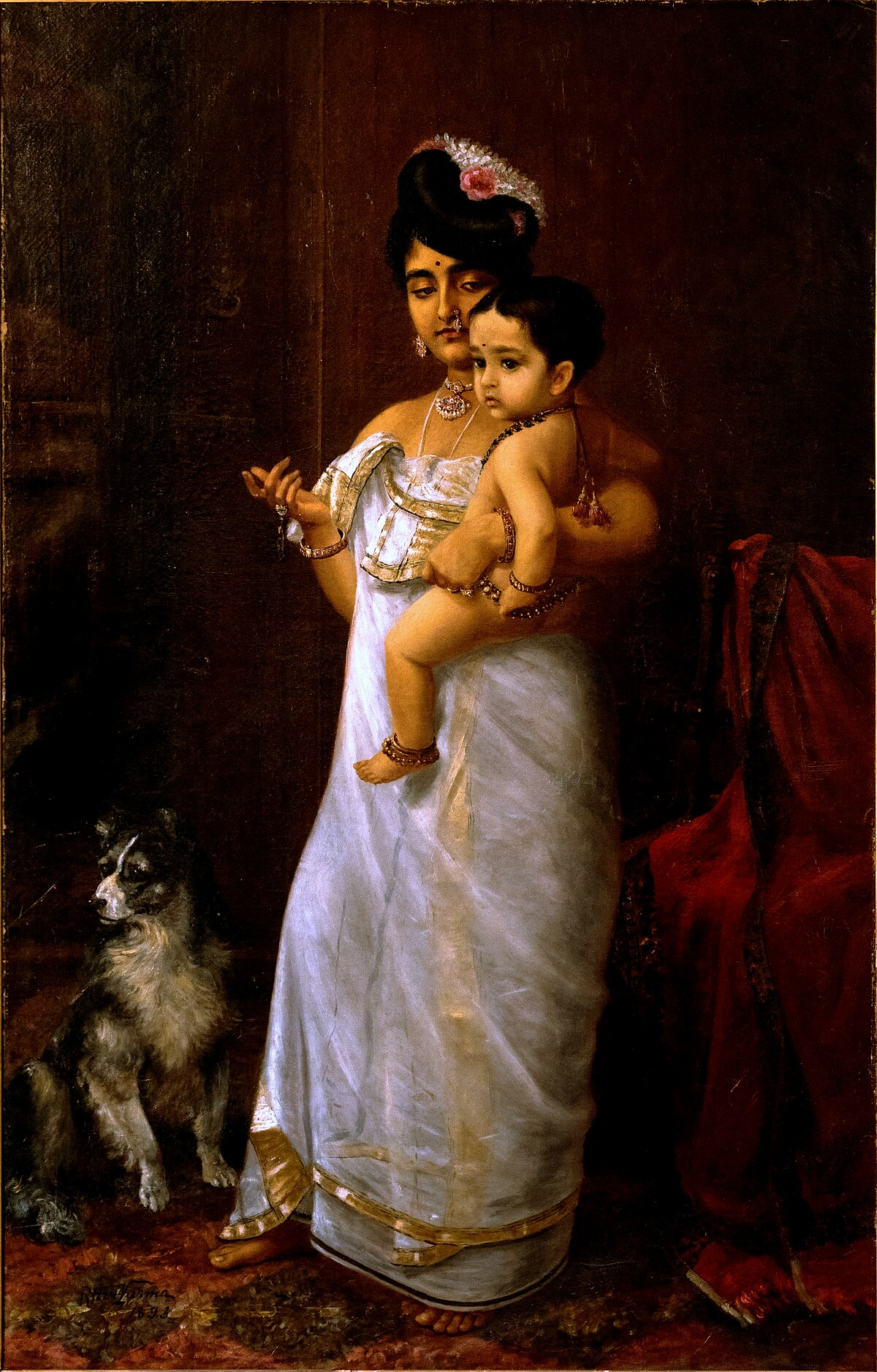
https://artsandculture.google.com/asset/there-comes-papa-raja-ravi-varma
Building an Indian art collection can encompass a diverse range of mediums, from paintings and sculptures to limited edition prints, textiles, and installations. Embrace this diversity and explore different mediums and styles to create a well-rounded collection that reflects your interests and passions. Don't limit yourself to established artists or popular movements; be open to discovering emerging talents and experimental works that challenge conventional notions of Indian art. Remember that building a collection is a lifelong journey of discovery and self-expression, so allow your tastes and interests to evolve.
Here are a few examples of artworks that exemplify the length, breadth, and depth of Indian art:
Raja Ravi Varma's iconic paintings, known for their intricate details, vibrant colours, and portrayal of mythological and historical themes, are highly coveted in the art market.
Contemporary artists like Bharti Kher, known for her provocative sculptures and installations exploring themes of identity, gender, and culture, offer a fresh perspective on Indian art.
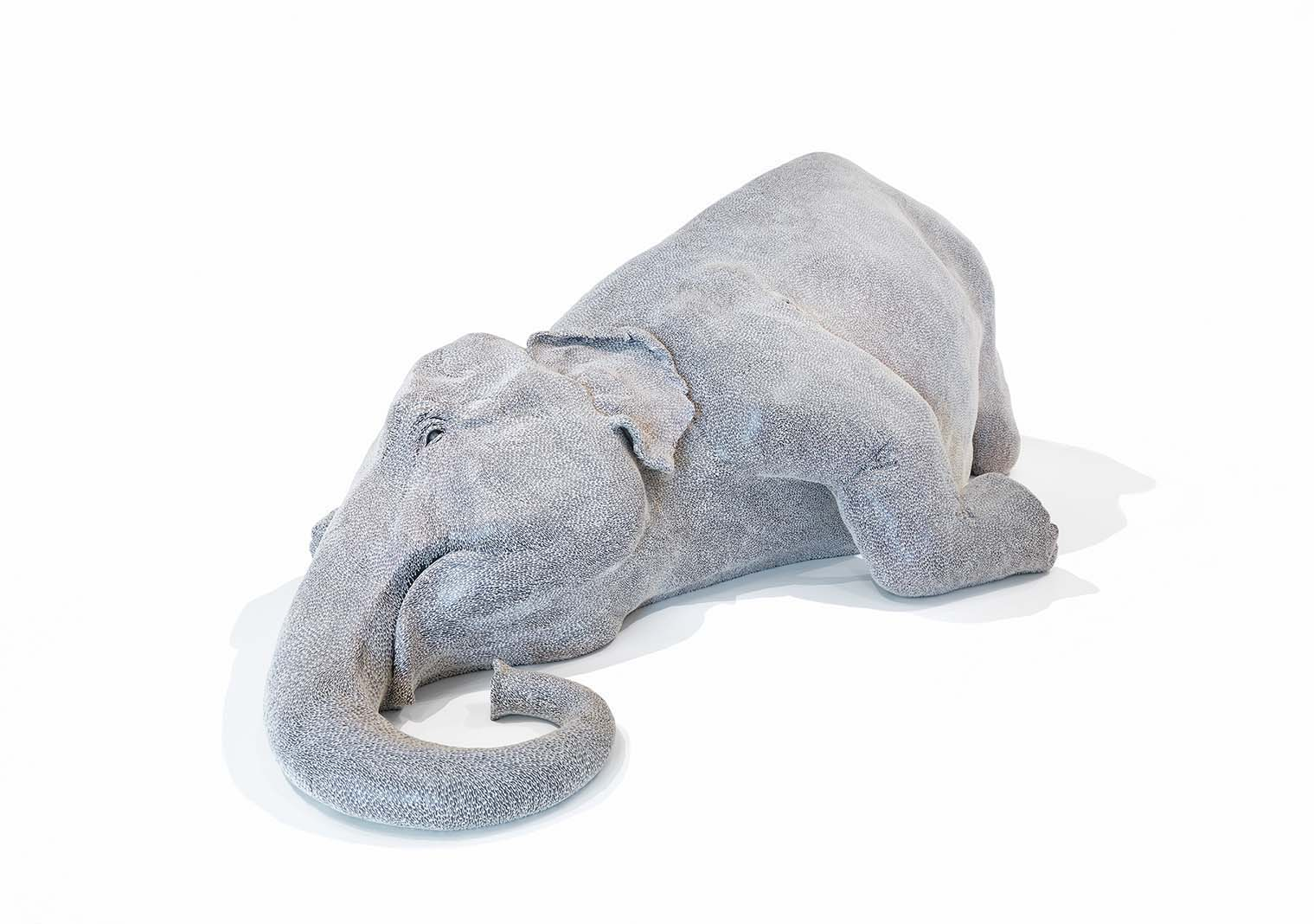
https://learning.qagoma.qld.gov.au/artworks/skin-speaks-language-not/
The intricate Madhubani paintings from Bihar, characterised by their geometric patterns and vibrant colours, are visually captivating and carry culture significance.
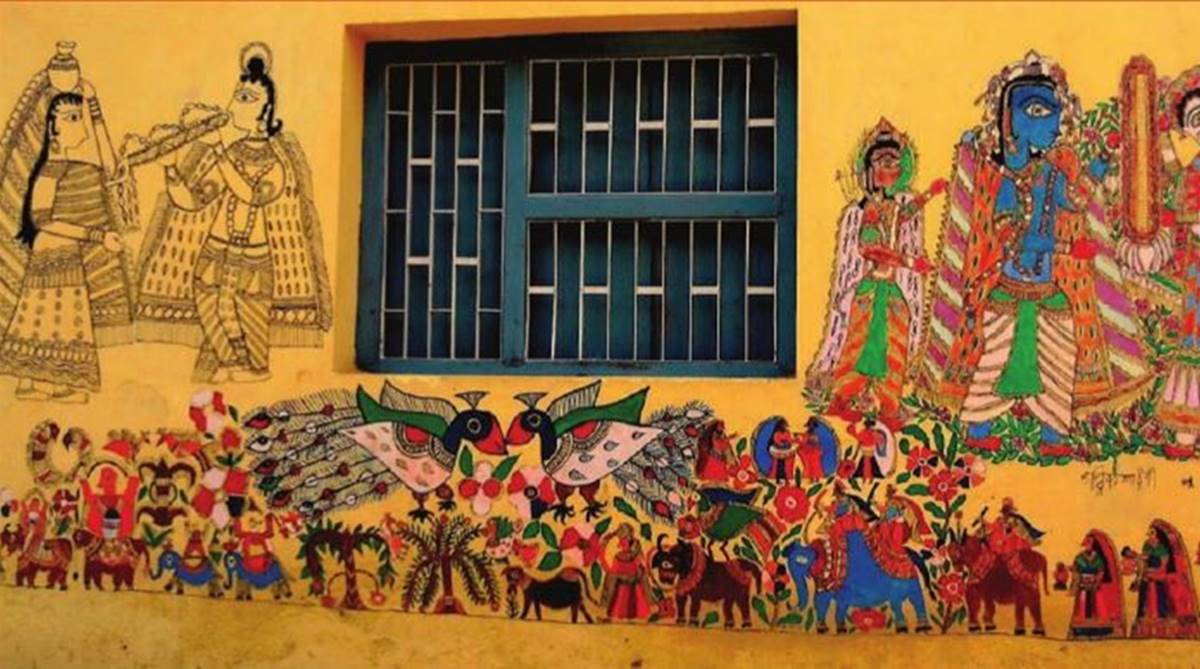
https://www.thestatesman.com/supplements/section/madhubani-paintings-walls-cardboard-1502731144
Would you know of any such artworks or have you seen any of these contemporary artworks, yet? Do respond to us in the comments section below or write to us at sales@galleriesplash.com
In conclusion, new art collectors should approach their journey with an open mind, embracing diverse styles, mediums, and artists. Engaging with the art community, attending exhibitions, and seeking guidance from experienced galleriests, collectors can further enrich their understanding and appreciation of Indian art, fostering meaningful connections and lasting enjoyment in their collecting endeavours.
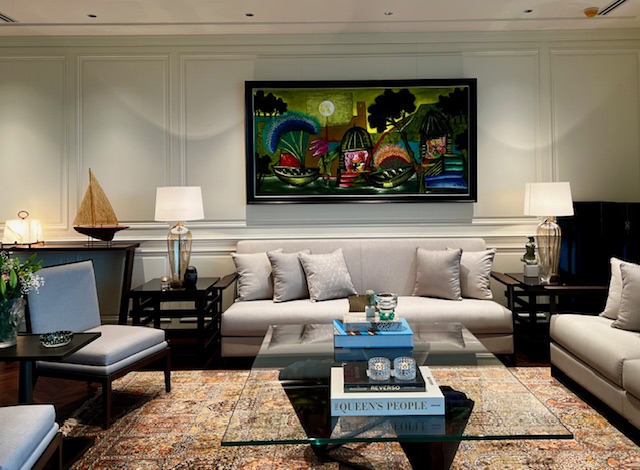






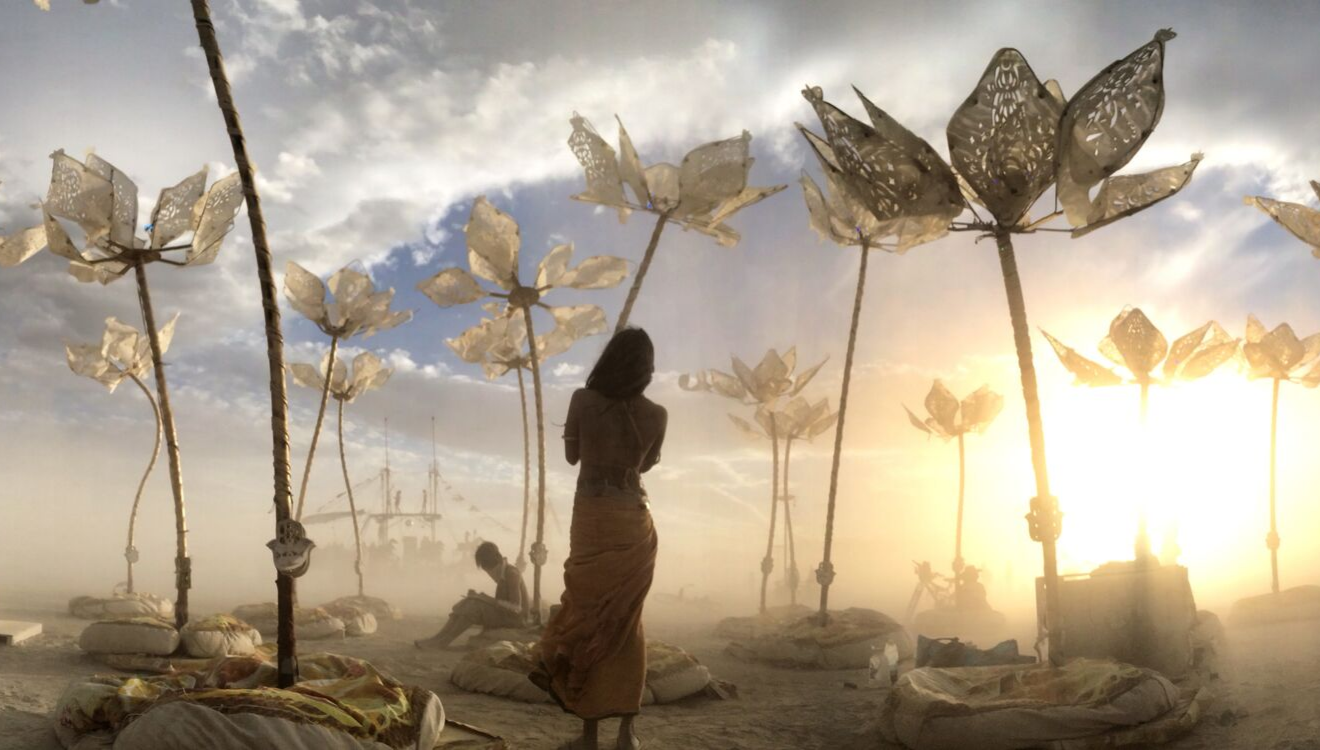


Leave a Comment